I'm using Postgres 9.4 and I have 3 tables: truck , container and container_metadata.
A truck can have many container and a container many container_metadata.
I'll add more description later with the tables below (I did my best creating them), so here goes:

A truck can contain many containers referred by key truck_id


A container then is described by the container_metadata table, a container can also have many records of different types, but in this case, I will be focusing only in 'subcontainer' type.
The problem I'm trying to solve is to create a view for ease of querying, and model creation (to be used for databrowser). I'll add more details below.

In the last column, all good is true if a truck has:
- At least one container.
- A container should have at least one record of type
subcontainerin the metadata. - Volume values of all subcontainers should be positive non zero.
More details:
- If a truck has no container, then I should have a column to describe whether I need to create container for it.
- If a truck has containers but no subcontainer, then I should also be able to tell I need to create subcontainer records for it.
- If a truck has 10 containers, but only 6 of the containers have atleast one subcontainer, then it's still not good, and I should be able to tell that I still need to create a subcontainer.
- If a truck's containers have sub containers, but one of the subcontainer has a volume of 0, again, it's not good, and I should also notify that we need to fill it .
I have only been able to count the containers, subcontainers I've been trying out aggregate functions, but I'm new to this problem, I hope the tables help. Please do ask if it needs more clarification.
Query
My attempt so far:
select
t.id,t.name, count(c.id) as container_count, count(cm.id) as subcontainer_count
from
public.truck t
left join
public.container c
on
c.truck_id = t.id
left join
public.container_metadata cm
on
cm.container_id = c.id and type = 'subcontainer'
group by t.id
;
Assuming schema is public. Above is the query I've tried but it outputs wrong number of subcontainers, and that's how far I've got.